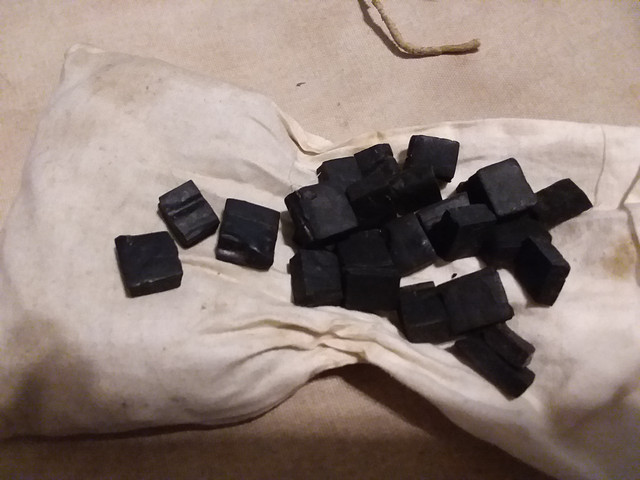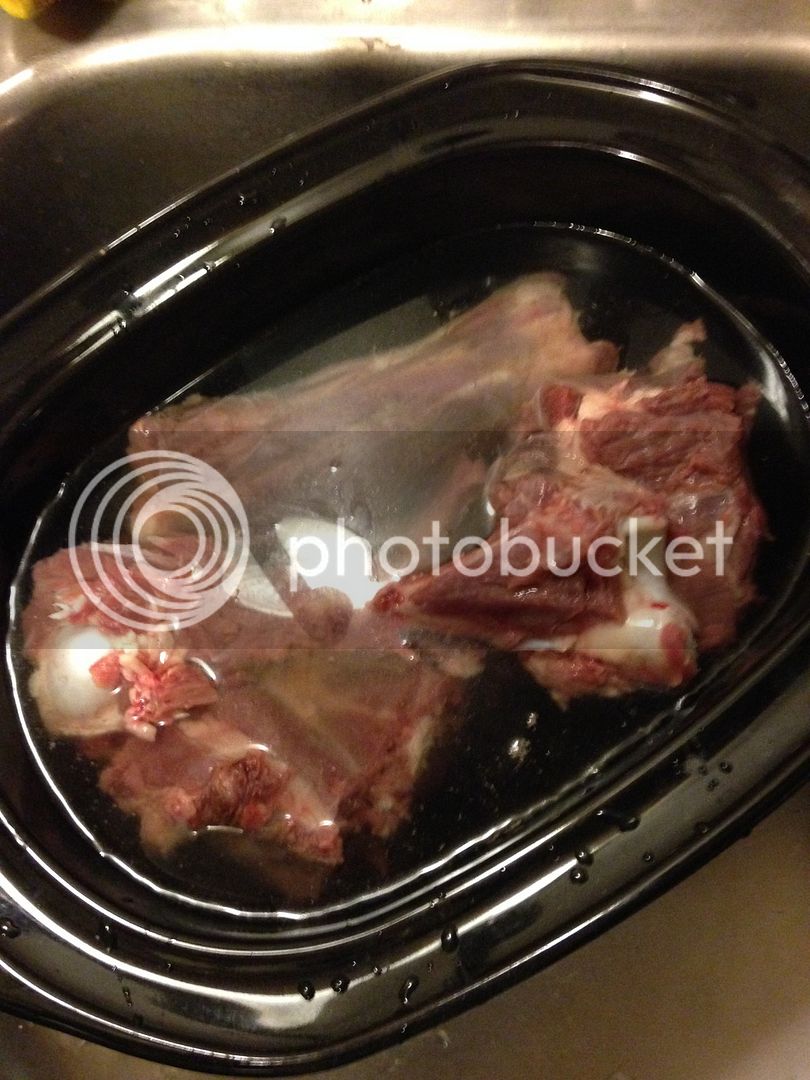Artie Peltier
40 Cal.
Just received the Sept/Oct issue of the Backwoodsman Magazine which had an interesting article on making portable soup. Being a Pilgrim, I didn’t know what it was. The article was written by Timothy Murphy with a reference to a U Tube video by James Townsend on the making of the soup.
I found the article and video interesting and informative. My question to the group about portable soup is has anyone of our experienced members made it and used it and is it difficult to make. It seems the dehydration process takes a lot of time and if NOT done properly your initial work is wasted. Any and all comments welcome. Thanks Art
I found the article and video interesting and informative. My question to the group about portable soup is has anyone of our experienced members made it and used it and is it difficult to make. It seems the dehydration process takes a lot of time and if NOT done properly your initial work is wasted. Any and all comments welcome. Thanks Art









